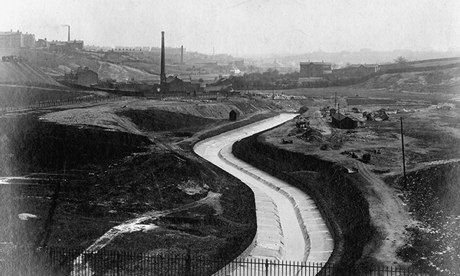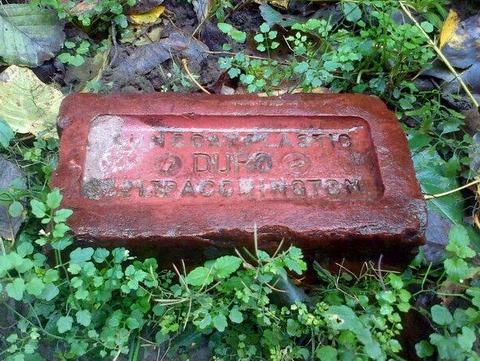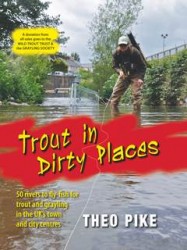At last week’s Wild Trout Trust Conservation Awards (no urban winners this time, but we salute them all just the same!) many of our fellow river restorationists kept coming back to one fascinating subject of debate…
… the massive ongoing project work by the Environment Agency, Groundwork and the Irwell Rivers Trust to restore Manchester’s River Medlock.
After the notorious flood of July 1872, when a full month’s rain fell in two days and the Medlock’s erosive power even washed bodies out of the Phillips Park cemetery, the city fathers took the decision to lock the river in place with some of the heaviest armouring ever seen (newly installed in the picture above).
Eight million bright red Accrington bricks (so hard and indestructible they were also used to build parts of the Empire State Building, and still look almost new after weathering a century of Medlock storm flows) were laid onto concrete foundations in a U-shaped flume through Clayton Vale and Phillips Park. Not surprisingly, the Medlock quickly became known as the Red River, and this programme of brutal dredging and canalisation only served to accelerate flood waters even faster into its overloaded confluence with the Irwell in Manchester city centre.
Now, thanks to the Water Framework Directive, and rather more enlightened philosophies of flood risk management (though there’s clearly still work to be done), some of the mistakes of the past are being rectified. Following weir reduction work in Clayton Vale as part of the Irwell catchment restoration pilot, the Red River’s brick lining is being removed, and its natural hydromorphology is being carefully recreated in a project lasting well into 2014 and beyond.
Click here to watch the BBC’s short film on the Medlock project, and here to read the Guardian’s report on restoring the Medlock and other lost urban rivers across the UK.
Here at Urbantrout, we’ll be avidly watching for updates on this fascinating case study page on the Restore Europe’s Rivers EU Life-funded Wiki (especially in view of a local angler’s experience of what some parts of the Red River can already produce!)
And we’ll also remember one prominent river restorationist’s only slightly wistful comments at the WTT Awards…
… Who knows what forces of hydromorphology will be unleashed once they take that whole river out of that concrete strait-jacket it’s worn for the last hundred years…
… and why not just let it go again and see what happens?
(Photos: Environment Agency)





